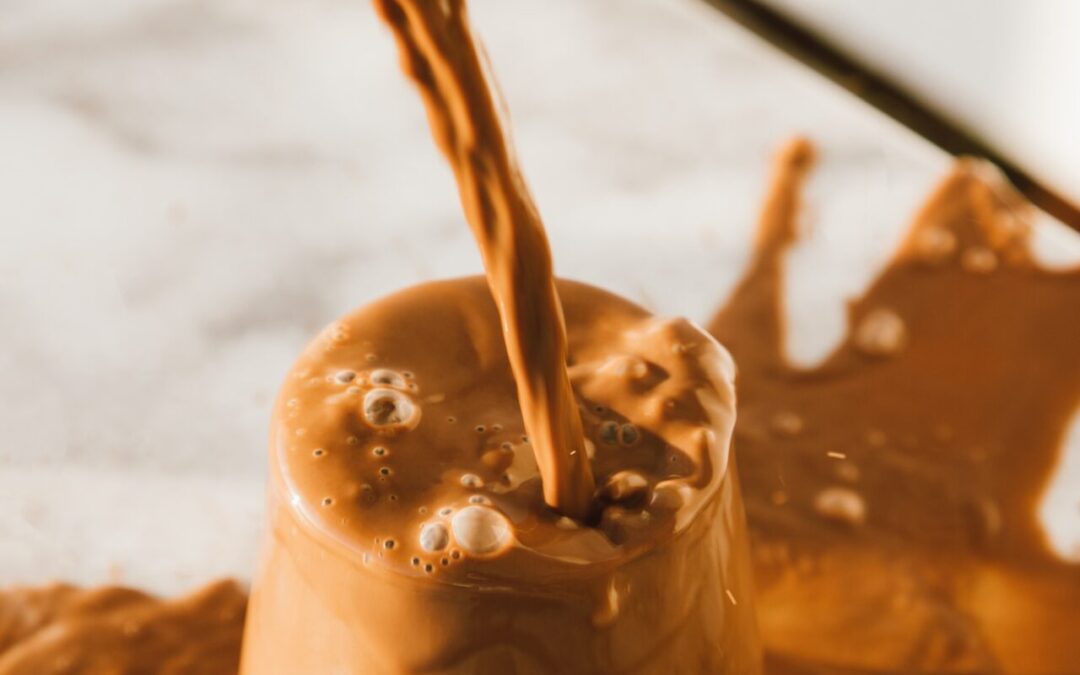This ultimate guide makes it simple to discover the right mattress protector for your needs.
After reading it you will be able to:
- Realise what a mattress protector does
- Confidently choose a protector based on your needs
- Appreciate the health benefits of a mattress protector
- Understand what type of protector will support you best
- See if you can use one to extend the life of your mattress
- Decide what material your mattress protector needs to be
- Identify the most suitable mattress protector for allergy sufferers
- Know why you should apply a mattress protector to a new mattress.
What Is A Mattress Protector?
Investing in a high-quality bed can be costly, so keep it fresh and clean as long as possible. Spills, sweating, and liquid-based accidents take a toll on your bed over time. While sheets can be replaced frequently, swapping a mattress is not as easy. If you are considering replacing your mattress, be sure to check out our guide on How To Choose The Best Mattress.
A mattress protector safeguards against stains and allergens and is sometimes called a mattress cover. Washing a mattress in a washing machine can be tough. Why not make life easier by washing a removable mattress protector instead?
A mattress protector is an extra layer between the mattress and main sheet that prevents fluid absorption and permanent stains. Waterproofing benefits aside, a mattress protector also prevents odors and allergens by restricting access to bacteria and dust mites. Normally, a mattress protector covers the top and sides of the mattress, although some might reach around further underneath too.
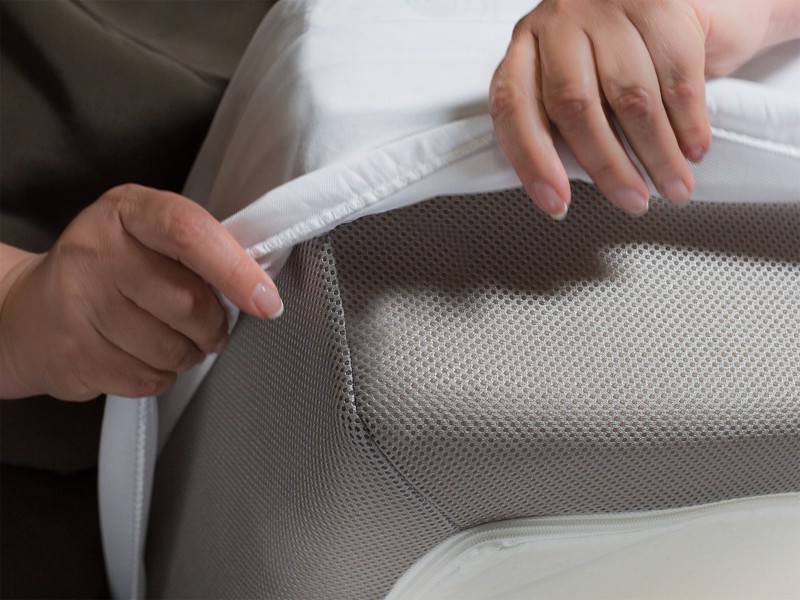
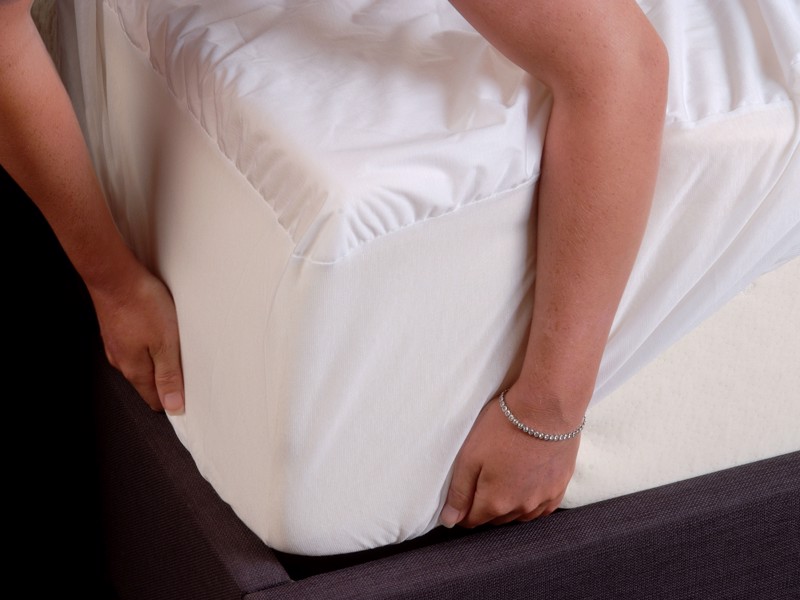
Do I Need A Mattress Protector?
Allergies
People who suffer from allergies can appreciate that a mattress protector is a must-have item of bedding. Your bed can become a breeding ground for mould growth and dust mites, which can cause irritation to the body. A quality mattress protector can prevent dust and other allergens from settling in your sleeping space, creating a stress-free environment.
Dust mites can lead to health problems with the skin and lungs, especially for children and many adults. Mattress protectors are widely celebrated by those suffering from eczema and asthma.
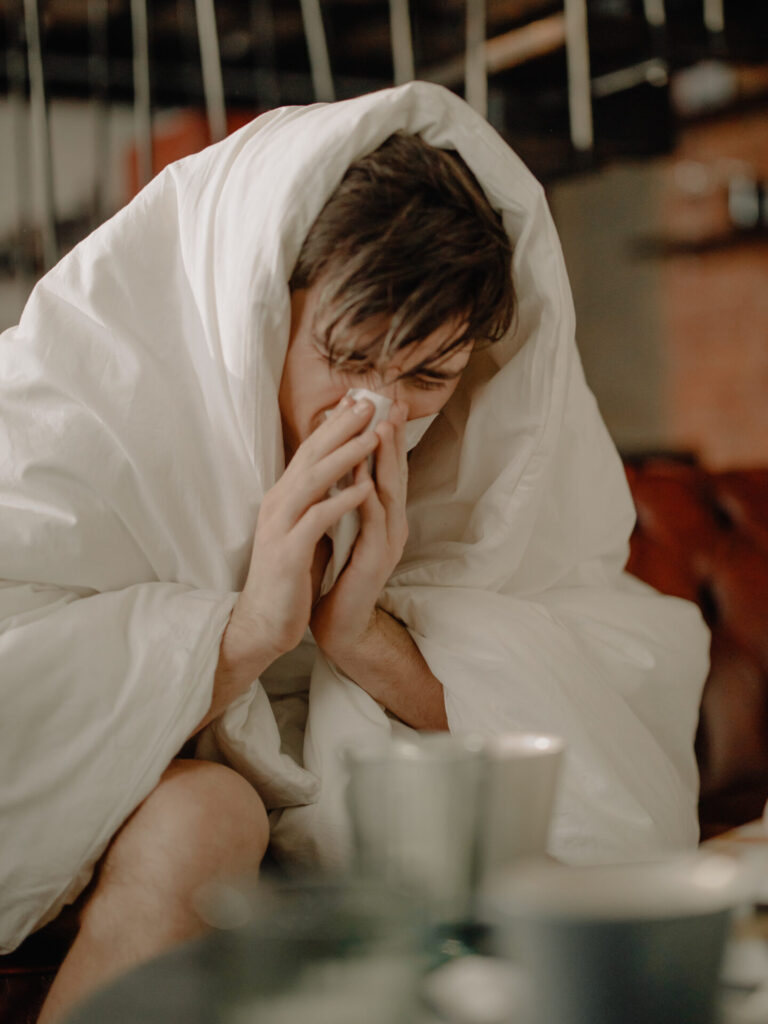
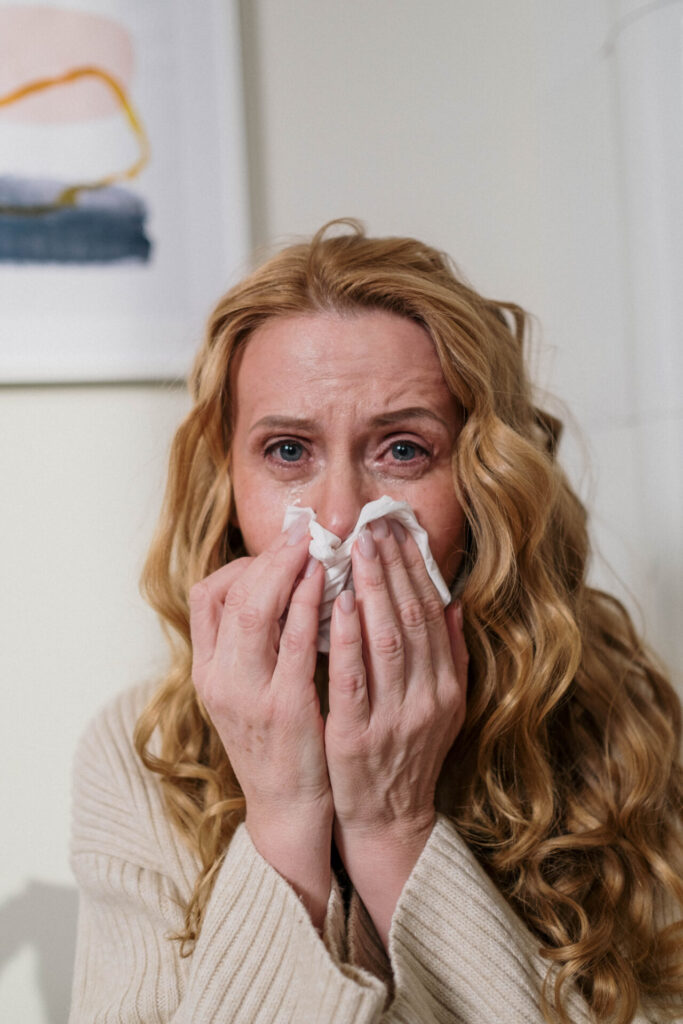
Sanitary
According to some, it is possible our mattresses may be having to deal with as much as a litre of sweat a night. After several years of retaining all that bodily fluid, it is no wonder they can start to turn brown and smell musky. Coupled with liquid spills and other accidents that can lead to stains, it becomes clearly apparent why a mattress protector is an essential tool in keeping your bed clean. Having a protective water-resistant sheet cling to the bed helps displace any fluids that may cause harm to the mattress, maintaining a sanitary environment for healthier sleeping.
For more information about the importance of a clean bed, check out our piece about washing bedding.
New Bed
Placing a mattress protector and a mattress topper on your new bed is going to extend its life considerably. While a topper reduces stresses being applied to the bed, retaining its supportiveness for longer, a protector can keep it feeling fresh and hygienic. By applying a protector early on, the amount of unwelcome tiny crawling sleeping companions sharing your bed will be significantly reduced. Our mattress topper guide can help you further.
Padding
Many mattress protectors are well padded to maximise sleeper comfort. However, this is not the real job of a protector, and should be considered nothing more than an extra benefit. In order to add further padding to a bed, care should be given to finding an appropriate mattress topper, an additional layer of cushioning that sits atop an existing mattress. In conjunction with a mattress protector, a topper can extend the longevity of a bed considerably.
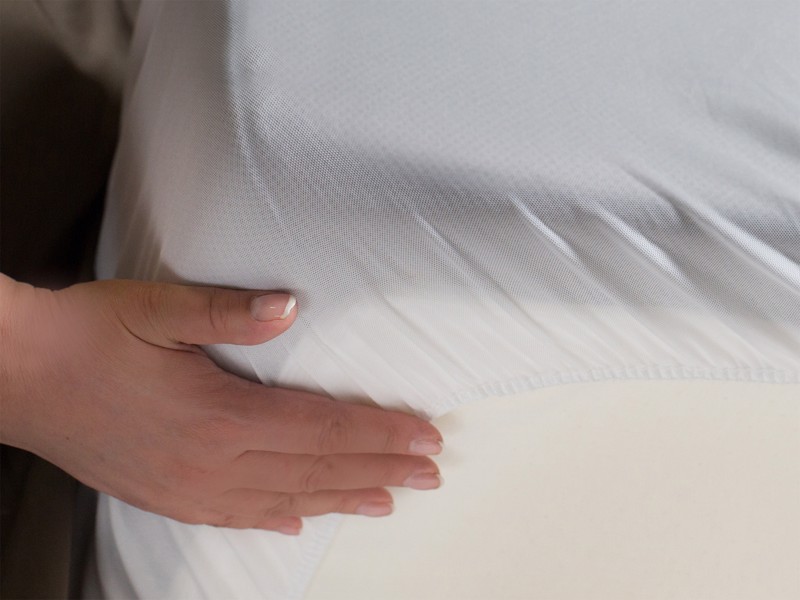
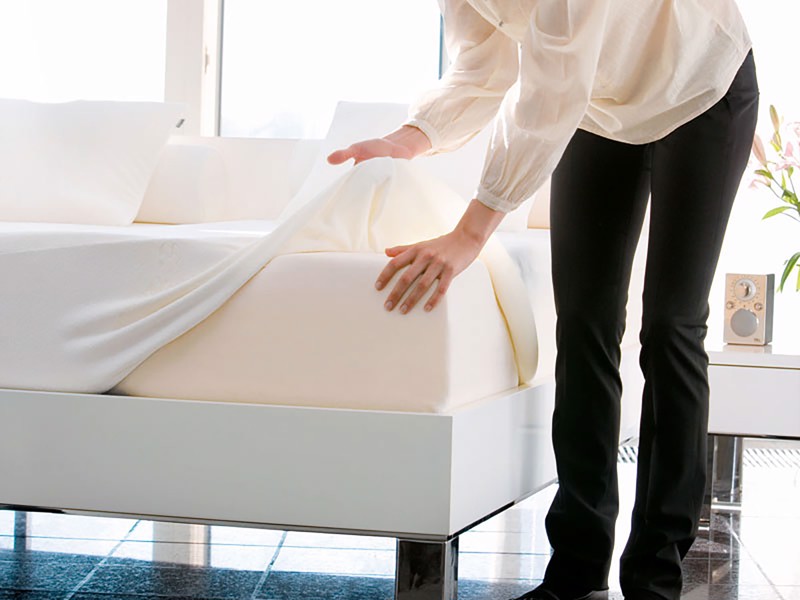
Which Mattress Protector Do I Need?
There are many factors that need to be addressed when choosing a mattress protector, but the following two considerations will steer you in the right direction:
- Waterproofing – My primary concern is for keeping the mattress dry
Prevent liquid spill accidents and body sweat from gradually eroding a mattress’ freshness. Bear in mind that these are not just for children – according to some sources adults might be sweating as much as half a pint a night. - Allergies – My main goal is to prevent allergy irritations
Prevent dust mites and other unpleasant elements from making a home of your mattress.
Of course, virtually all mattress protectors will provide both of these functions. If you have more of a demand from one of these aspects of protection than the other however, then it is worth considering the benefits of the various materials available. In addition to sanitary duties, different fabrics also offer varying degrees of comfort and temperature regulation.
Some consideration should also be given to sound. If you are uncomfortable with squeaks or rustling noises then be sure to choose a silent material, although they do tend to go away after a couple of washes.
If you’re primary concern is water-resistance then check out our dedicated guide on the benefits of waterproof mattress protectors.
Best Materials For Your Mattress Protector
Cotton
An excellent machine-washable material, cotton is a lightweight fabric ideal for mattress protector padding. One of the more popular choices of protector, cotton is often combined with other fabrics, such as wool, which is a great temperature regulator, or latex, which maximises its moisture-wicking abilities.
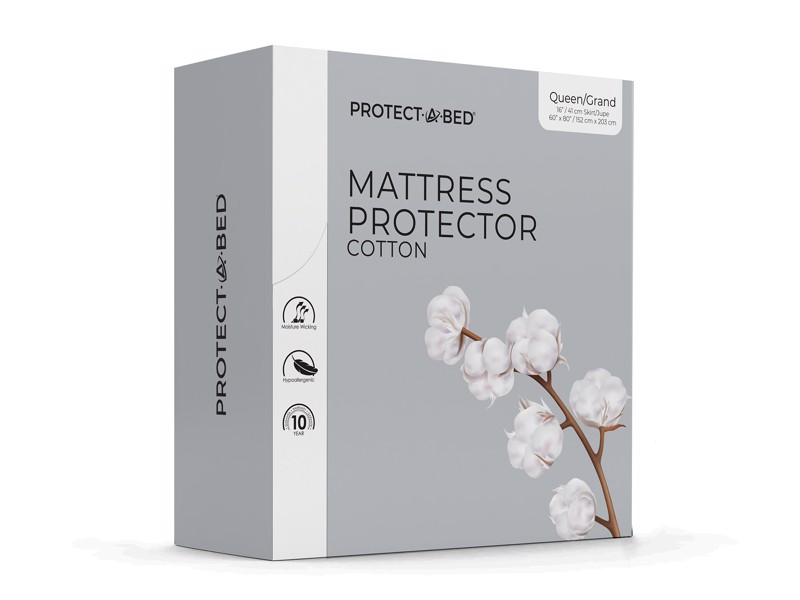
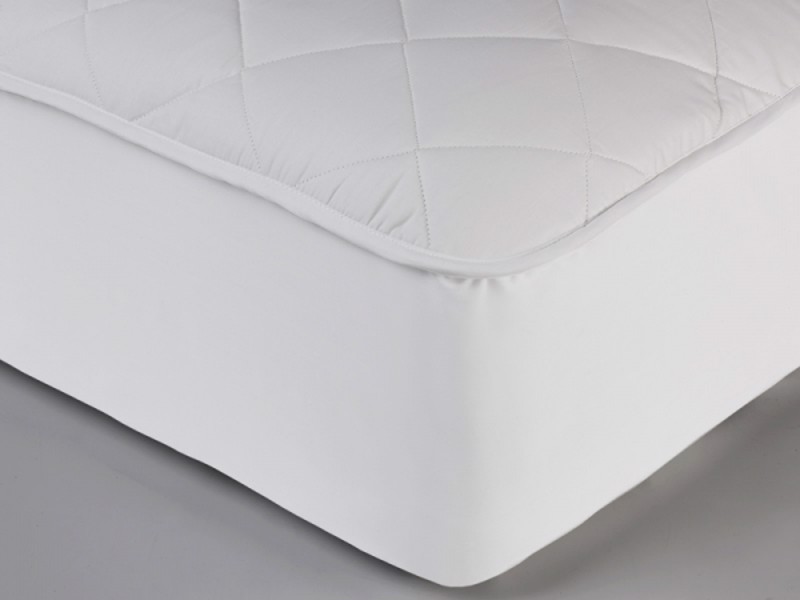
Wool
Not only do the natural fibres of wool mattress protectors excel at maintaining a fresh bed, but the padding offered by the material also add another layer of comfort to the mattress. Providing a hypoallergenic wall for fending off dust mites, they also help draw away moisture. An amazing temperature regulator, wool manages to keep you feeling warm in winter and cool in summer.
Polyester
Another fabric often blended with others is polyester. A quick-drying material, it is inexpensive compared to alternatives and is easily washed. Available in a wide range of styles, it is of particular comfort to those needing a non-hypoallergenic element to their protector.
Velour
Great against wear and tear thanks to its stretchability, velour is not only a practical mattress protector, but one of the most luxurious too. The plush, velvet feel invites a great night’s sleep, while its waterproof benefits keep stains from fluid spills away.
Bamboo
A protective layer that doesn’t make a rustling noise when you move, bamboo is a great moisture-wicking material that helps rid mattresses of liquid spills. Anti-bacterial and hypoallergenic properties in bamboo also help limit mattresses as breeding grounds for bacteria, a common cause of bad bed odours.
Cooling
Comprised of different materials, there are a wide variety of cooling mattress protectors available. All have the common goal of lowering temperature to provide a cool, fresh-feeling layer to rest at night. They work by absorbing warmth from the body and dissipating the excess heat, ideal for sleepers that struggle in the summer months.
Tempur-Fit
Designed primarily with Tempur mattresses in mind, the Tempur-Fit mattress protector performs its job extremely well despite being one of the thinnest available. Thanks to what they describe as ‘an intelligent membrane’ the highly breathable and absorbent protector inhibits the ability of liquids to wet a mattress. The result is a clean, dust mite resistant, allergen-free, dry and fresh-feeling bed, provided by all natural fibres.
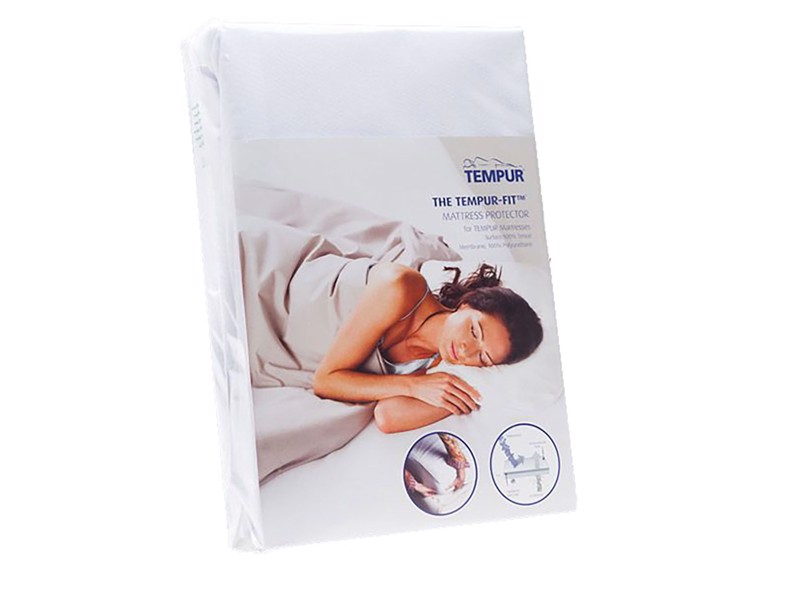
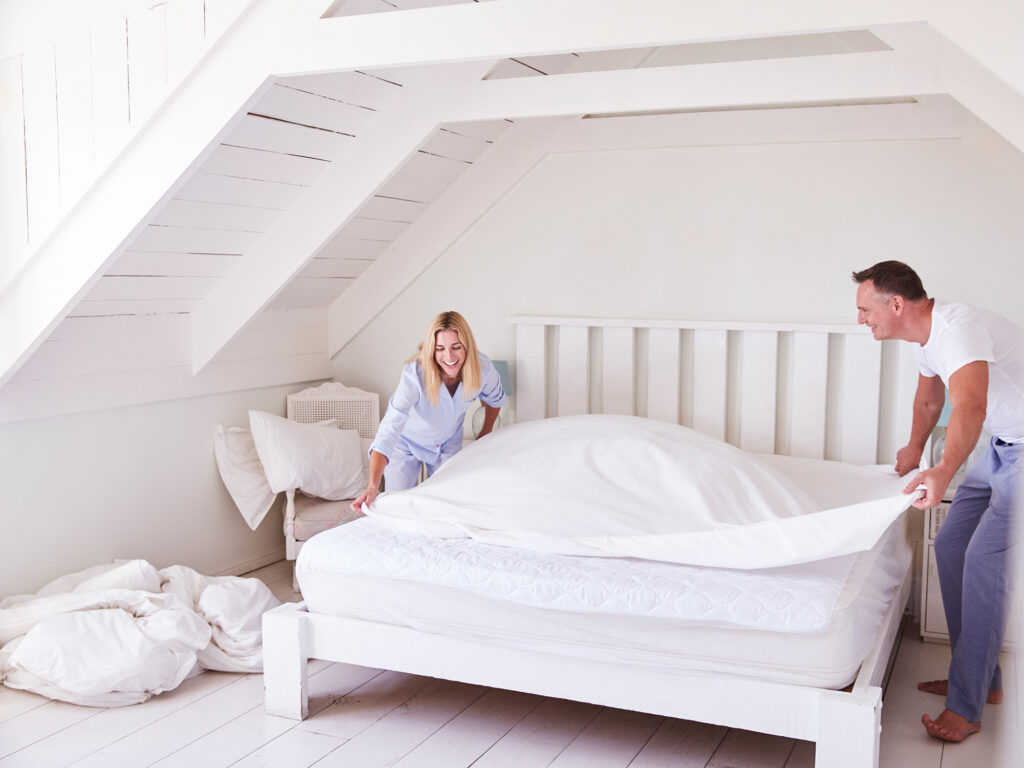
Taking Care Of A Mattress Protector
There are some exceptions, particularly with high end luxury versions, but as a general rule, most mattress protectors are easy to take care of. The majority of protectors are machine-washable, and can be cleaned by placing them in a hot water wash, then dried on a medium heat. In order to keep them as fresh and valuable for as long as possible, it is recommended they are washed as soon as a spill has been noticed.
Of course there are many types available, made by several manufacturers, so the maintenance instructions of whichever mattress protector you’re using should be consulted above all else.
Start your journey to finding the right mattress protector for your bed by browsing the Land of Beds bedding section.
If your interested in prolonging the life of your mattress then you might want to consider some of the tips in our guide to flipping and rotating a mattress.
Found a mattress protector you like? Then turn your attention to some other comfort considerations:
The Ultimate Guide To Picking A Duvet
Revealing The Best Pillows For Back Pain
Need Help Choosing The Best Mattress Protector?
Deciding on the best mattress protector for your needs depends on several factors.
- What allergies are you suffering from?
- What type of ‘accidents’ are you most likely to have?
- What type of fabric would you be most comfortable on?
There is no need to lose sleep over trying to choose the right protector for your bed. Our bed experts at Land of Beds pride themselves on their specialist knowledge and ability to guide you to the mattress protector that’s just right for you.
Our customer-first policy means we listen and give good, independent advice based on the needs of the individual. By pairing consumers up with ethically sourced, affordable, quality products, we provide as many people as possible with a great night’s sleep.
If you would like help being connected with your ideal mattress protector, feel free to get in touch with us on 01928 242829 or via the chat box below.

